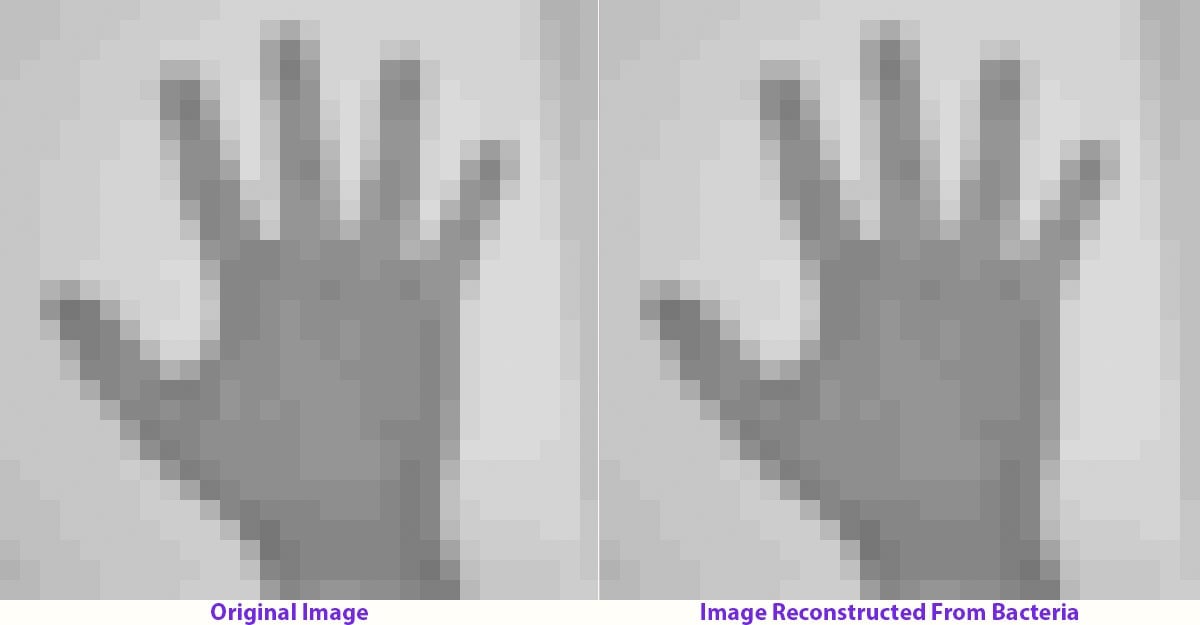Images can now be stored in the DNA of living things
A team of Harvard scientists led by Seth Shipman just announced (paywall) that using Crispr-Cas9 gene-editing technology, they’ve encoded images directly into living E. coli, a species of bacteria. Here’s how they did it:


A team of Harvard scientists led by Seth Shipman just announced (paywall) that using Crispr-Cas9 gene-editing technology, they’ve encoded images directly into living E. coli, a species of bacteria. Here’s how they did it:
You start with any image (Shipmen and his colleagues chose a picture of a hand and a gif that depicts a galloping horse from a 19th-century work by Eadweard Muybridge).
After the researchers came up with synthetic DNA sequences to represent the images, they used Crispr to insert them into the E. coli bacteria. They chose target areas of the bacterial genome that wouldn’t affect the microbe, and the E. coli appeared unperturbed after the “operation”: it happily ate, and wriggled around as it normally would for “as long as we let them,” according to Shipman.
Later, the team cracked open the bacteria, sequenced the area they had spliced in DNA, and translated it back to pixel data. For the most part, it worked—they were able to get their picture back with about 90% accuracy. It even worked for five frames of the gif.
Researchers have had their eyes on DNA as a potential vessel for information storage for a while. Back in 2012, researchers from the Harvard Medical School encoded (paywall) 5.27 megabit’s worth of information into synthetic DNA, and were able to retrieve the data later. And last year, researchers at the University of Washington stored data (pdf) from pictures onto bits of DNA that could be translated back into images.
Shipman says his goal with this work isn’t just to show that you can store information in bacterial DNA (although that seems like it could be part of the plot of the next great sci-fi spy movie). Successfully decoding known information from a strand of DNA is, Shipman believes, the first step in a line of research that would get cells to act like a living diary. Next, he and his team will try to show that they can record and decode information from the cell itself.
This would be highly valuable in the field of developmental neuroscience. Usually, developmental researchers have to euthanize animals, like mice, at various stages of their growth and aging processes to look at the cellular steps along the way. But if cells can take notes on themselves over time, researchers could wait until they’re fully formed and study the backlog of information.